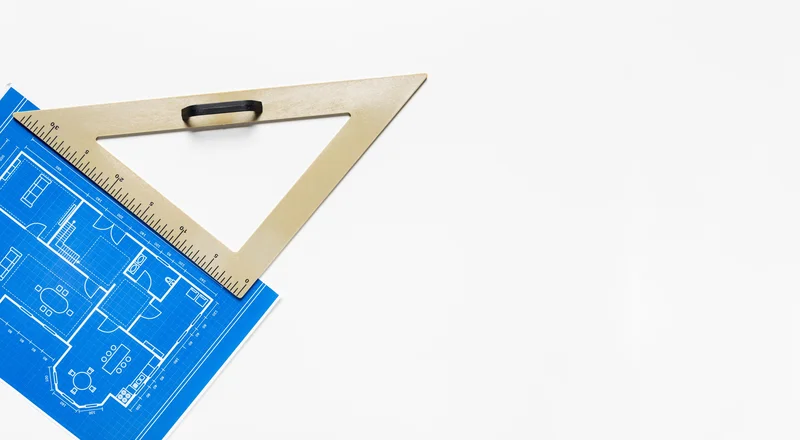The Ultimate Guide to the Building Measurement Formula
- September 28, 2022
When remodeling your home, you must know the exact measurements of the area you’re working with – the building measurement formula. Measurements will help you plan your project correctly and avoid any costly mistakes.
While there are a few ways to calculate the square footage of a room, we’ll walk you through the easiest and most accurate method. We’ll also show you how to calculate the built-up area of a room, which is often required when estimating a building’s value.
You’ll be able to measure any room swiftly and correctly with this instruction. Let’s get started!
What Is the Building Measurement Formula?
You’ve probably heard of the building measurement formula, but what exactly?
The building measuring formula is a mathematical calculation that is used to compute a room’s gross floor area. It’s a way of measuring the area covered by a building’s walls.

To use the formula, you need to know the length and width of the room. When you have received those formulas, add them to the equation to calculate the square footage. Simple as that!
Read More: The Top 5 Basement Theater Floor Plans For Home Theater
How to Calculate Square Feet of a Room
So you want to take a measurement of your room? Here’s how to go about it: First, determine the room’s length and width. Then add those two figures together and you will receive the square footage

But what if your room has an odd shape? No problem. Just use this formula: length x width x height / (2 x height). That’ll give you the total square footage for your room.
And finally, here’s how to calculate the value of your building. To begin, multiply the foundation’s total floor space by the cost/ square-foot. Voila! You now have assumed a precise estimate of the price your building is worth.
How Is the Value of a Building Calculated?
You’re probably wondering how a building’s value is calculated, right? It’s a complex process that considers several factors, including the size of the building, the condition of the building, the location of the building, and the zoning regulations in that area.

But here’s a high-level overview: The appraiser will look at comparable properties in the area and then use a formula to calculate the value of your building. This formula takes into account things like replacement cost, depreciation, and rental income potential.
It can not be 100% accurate but as close as possible. And if you’re curious about how all this works, ask your appraiser—they’ll be more than happy to explain it!
How to Calculate the Built-Up Area Formula
So you need to calculate the built-up area for your construction project? Let’s walk through it together.
First, establish the floor’s width and length. This information is easy enough—use a tape measure or ruler. Once you have those numbers, you can plug them into the built-up area formula:
BUA = (length x width) ÷ 2
Once you have that number, you can multiply it by the room’s height to get the total built-up area. Piece of cake, right?
The Best Tips for Using the Building Measurement Formula
When figuring out the square footage of a room, there’s no need to panic. Instead, follow these simple steps, and you’ll calculate like a pro in no time.

First, determine the room’s length and width. Then to get the square footage, multiply those two values. If you include windows or doors in your calculation, subtract that footage from the total.
But what if your room isn’t a perfectly rectangular shape? Not a problem! You can use the built-up area formula to get an accurate measurement. This computation takes into factor the room’s shape and ceiling height.
So there you have it: the building measurement formula in a nutshell. With these tips, you’ll be able to measure any space with ease.
How to Use the Building Measurement Formula for Your Home
When measuring your home’s square footage, it’s essential to use the right formula. Here’s how to do it:
First, determine the room’s length and width. The square footage is then calculated by multiplying these two amounts.

You must always note that this algorithm only functions for rooms that are rectangular or square. If your room is curved or has any other shape, you’ll need to use a different formula.
Also, remember to include all of the spaces in your room when calculating the square footage—including hallways, closets, and bathrooms.
Go ahead and measure your house now that you know how! It’s a great way to get a sense of just how much space you have and can help plan future renovations.
Conclusion
Hey there! You’ve stumbled upon the ultimate guide to the building measurement formula. This guide will make sure you get everything you need to learn about this formula and its applications.
We’ll start with a brief overview of the building measurement formula and then move on to how you can use it to calculate the square footage of a room. After that, we’ll cover how to calculate the built-up area of a structure and, finally, how to determine a building’s value.
Are you willing to learn? Let’s start this celebration going! please contact us or comment below. Team ACI is always happy to help!
